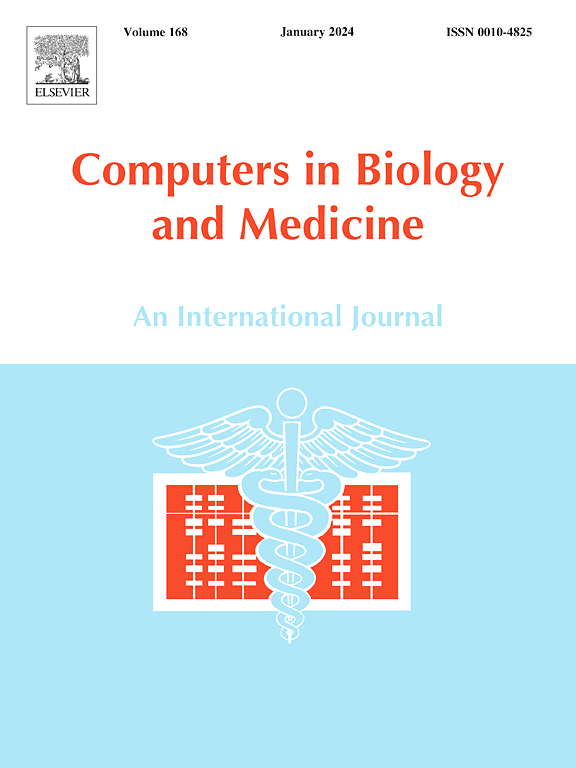开发可解释的乳腺癌检测和诊断系统。
IF 7
2区 医学
Q1 BIOLOGY
引用次数: 0
摘要
根据世界卫生组织的说法,乳腺癌只有在全身扩散时才会致命。因此,定期检查是必要的。虽然乳房x光检查是最常用的技术,但其解释可能具有挑战性且耗时。由于这个原因,计算机辅助检测和诊断系统越来越多地被用于第二意见。然而,为了让医生信任这样的系统,他们需要了解他们的决定。我们提出了一个自动化和可解释的系统检测和诊断乳腺癌,包括五个步骤。经过鲁棒预处理和无监督分割,分析了基于纹理和形状的四种特征提取技术,以及三种特征选择方法。为了便于解释,我们采用决策树算法进行良性/恶性分类,并尝试了不同的方法来避免过拟合:预修剪、后修剪和基于集成的(随机森林分类器)。当对来自mini-MIAS数据集的图像进行测试时,我们的系统达到了95%和100%的精确度和特异性,同时也为用户提供了分析每个步骤的可能性。本文章由计算机程序翻译,如有差异,请以英文原文为准。
Towards an interpretable breast cancer detection and diagnosis system
According to the World Health Organization, breast cancer becomes fatal only if it spreads throughout the body. Therefore, regular screening is essential. Whilst mammography is the most frequently used technique, its interpretation can be challenging and time-consuming. For this reason, computer-aided detection and diagnosis systems are increasingly being used for second opinion. However, in order for doctors to trust such systems, they need to understand their decisions. We propose an automated and interpretable system for the detection and diagnosis of breast cancer, encompassing five steps. After a robust pre-processing and an unsupervised segmentation, we analyze four feature extraction techniques, both textural and shape-based, and three methods for feature selection. To facilitate interpretation, we employ the Decision Tree algorithm for benign/malignant classification and experiment with different methods to avoid overfitting: pre-pruning, post-pruning, and ensemble-based (Random Forest classifier). Our system reaches a maximum accuracy of 95% and 100% precision and specificity when tested on images from the mini-MIAS dataset, while also offering its users the possibility to analyze each of the steps.
求助全文
通过发布文献求助,成功后即可免费获取论文全文。
去求助
来源期刊

Computers in biology and medicine
工程技术-工程:生物医学
CiteScore
11.70
自引率
10.40%
发文量
1086
审稿时长
74 days
期刊介绍:
Computers in Biology and Medicine is an international forum for sharing groundbreaking advancements in the use of computers in bioscience and medicine. This journal serves as a medium for communicating essential research, instruction, ideas, and information regarding the rapidly evolving field of computer applications in these domains. By encouraging the exchange of knowledge, we aim to facilitate progress and innovation in the utilization of computers in biology and medicine.
 求助内容:
求助内容: 应助结果提醒方式:
应助结果提醒方式:


